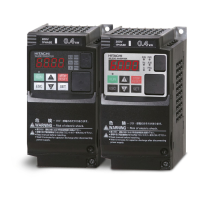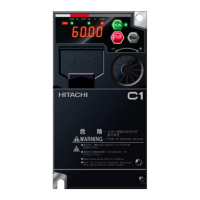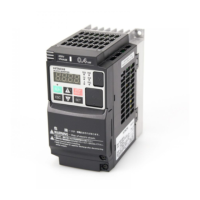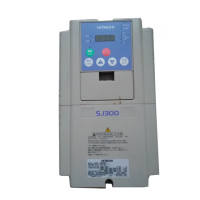Chapter 2 – Electromagnetically compatible installation of drives and drive systems
2-5
Minimizing radiated interference
The frequency inverter of series WJ200 meet the limits of EN61800-3, C1/C2/C3, for radiated
interference, if the specified line filter is used and installation is performed according to our
instructions.
The prerequisite is that all analog and digital control lines are laid shielded.
With compact systems, if for example the frequency inverter is communicating with the steering
unit, in the same control cabinet connected at the same PE-Potential, the screen should be put on,
on both sides with PE.
With branch systems, if for example the communicating steering unit is not in the same control
cabinet and there is a distance between the systems, we recommend to put on the screen only on
the side of the frequency inverter. If it is possible, direct in the cable entry section of the steering
unit. This is very important, if there is a long distance between the system and you expect there can
be different PE-Potential between the systems.
You should allow the effective shield area of these lines to remain as large as possible; i.e., do not
move the shield further away than absolutely necessary. The distance between an interference
source and an interference sink (interference-threatened device) essentially determines the effects
of the emitted interference on the interference sink. The interference field emitted by the frequency
inverter falls sharply with increasing distance. Please note that the emitted interference field
(frequency range 30 MHz - 1 GHz) of a drive (drive system) is measured at a distance of 10 m in
accordance with EN61800-3. Every device placed closer than 10 m to a source of interference will
thus be impacted by appreciably higher interference amplitudes. For this reason, you should use
only interference-free devices and maintain a minimum distance of 0.25 m from the drive. Devices
which react sensitively to interference from electric and magnetic fields should be kept at least a
distance of 0.25 m from the following components:
Frequency inverter
EMC input/output filters
Input or output reactors/transformers
Motor cable (even if shielded)
External rheostat and its wiring (even if shielded)
AC/DC commutator motors, including any attached separate fans
DC intermediate circuit coupling/wiring (even if shielded)
Connected inductors like relays, contactors, solenoid valves, brakes (even if shielded)
Very frequently, interference is coupled in through installation cables. You can minimize this
influence by laying interfering cables separately, a minimum of 0.25 m from cables susceptible to
interference. A particularly critical point is laying cables parallel over larger distances. If two
cables intersect, the interference is smallest if they intersect at an angle of 90°. Cables susceptible
to interference should therefore only intersect motor cables, intermediate circuit cables, or the
wiring of a rheostat at right angles and never be laid parallel to them over larger distances.
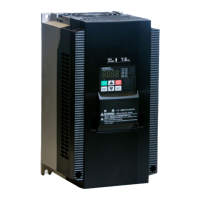
